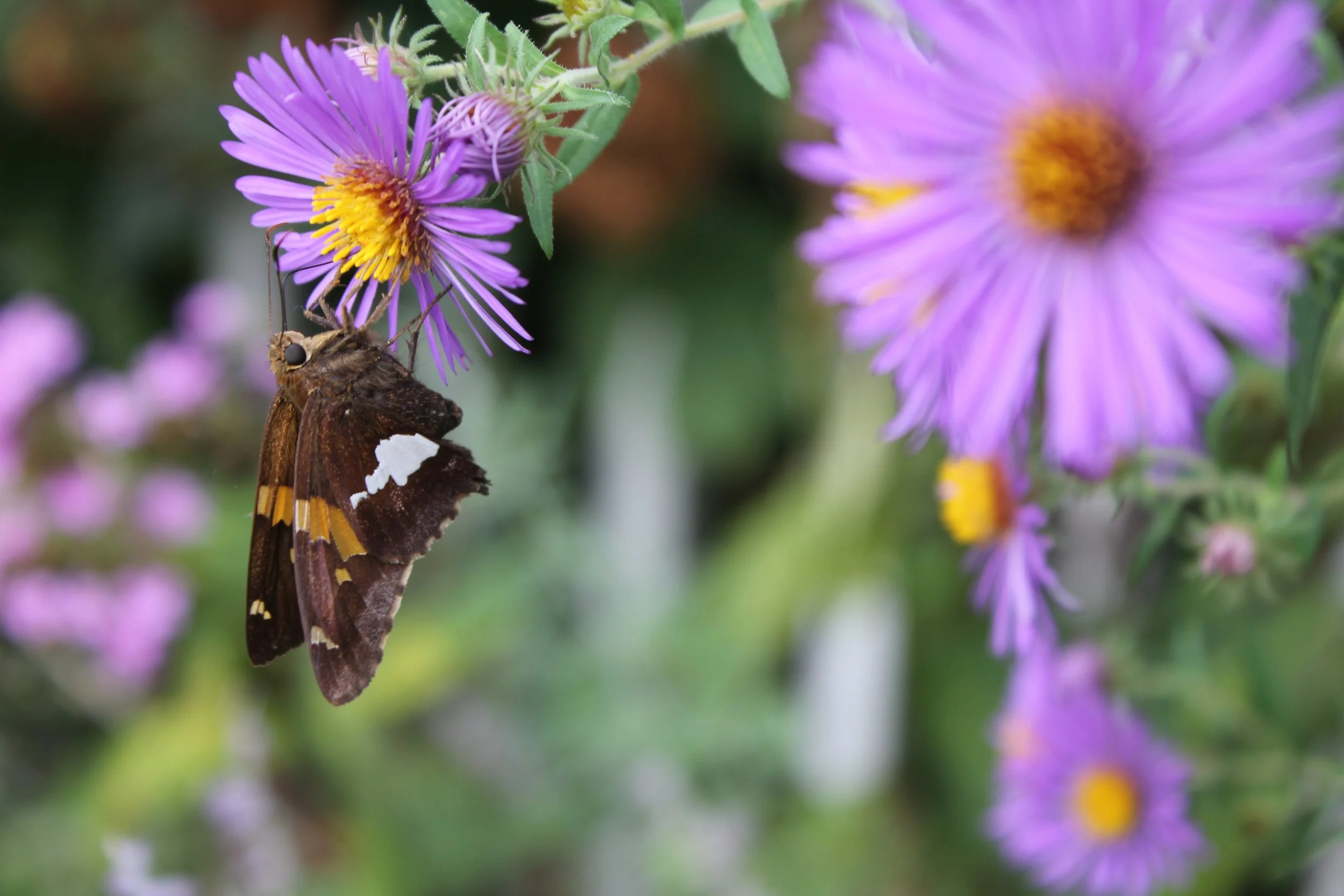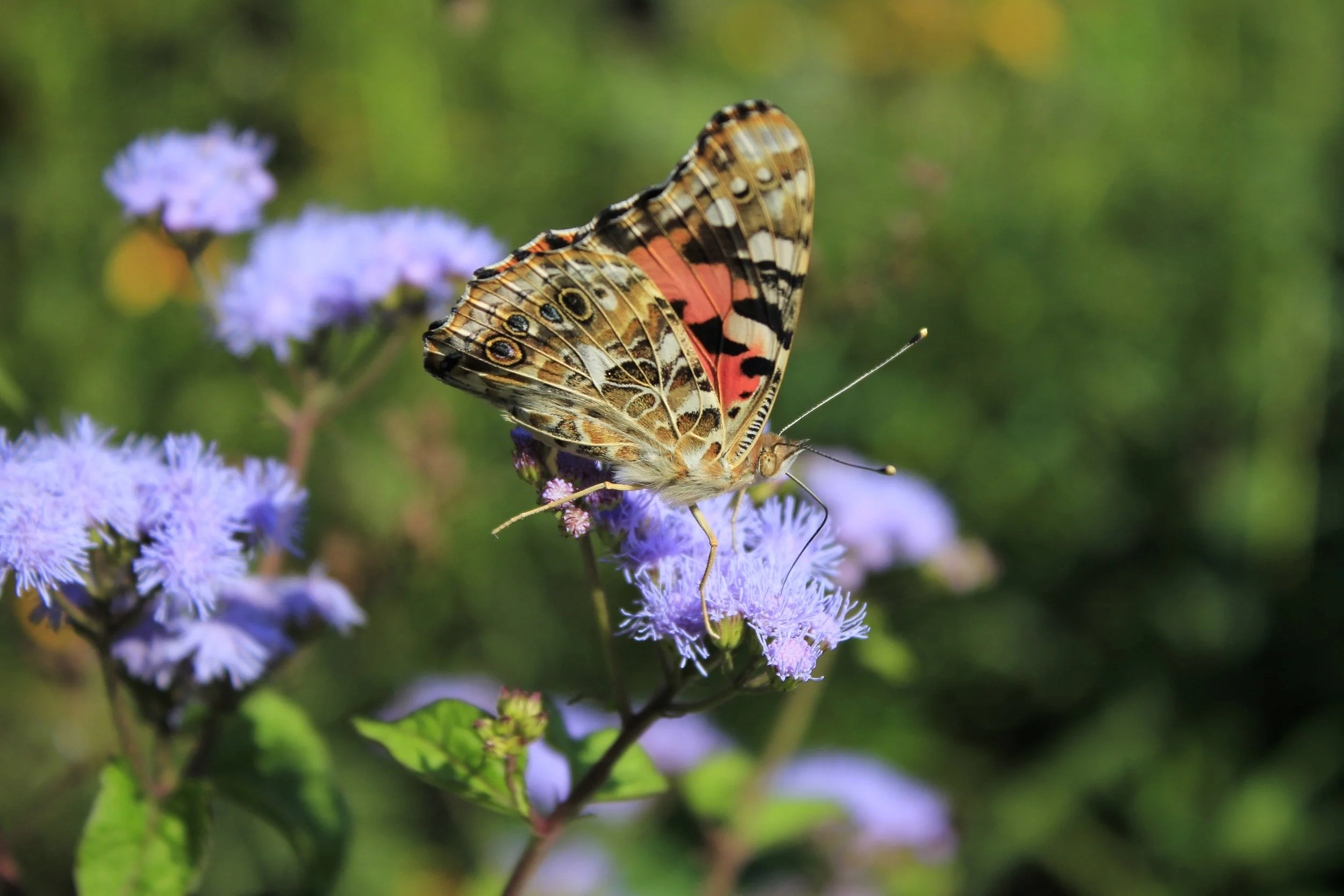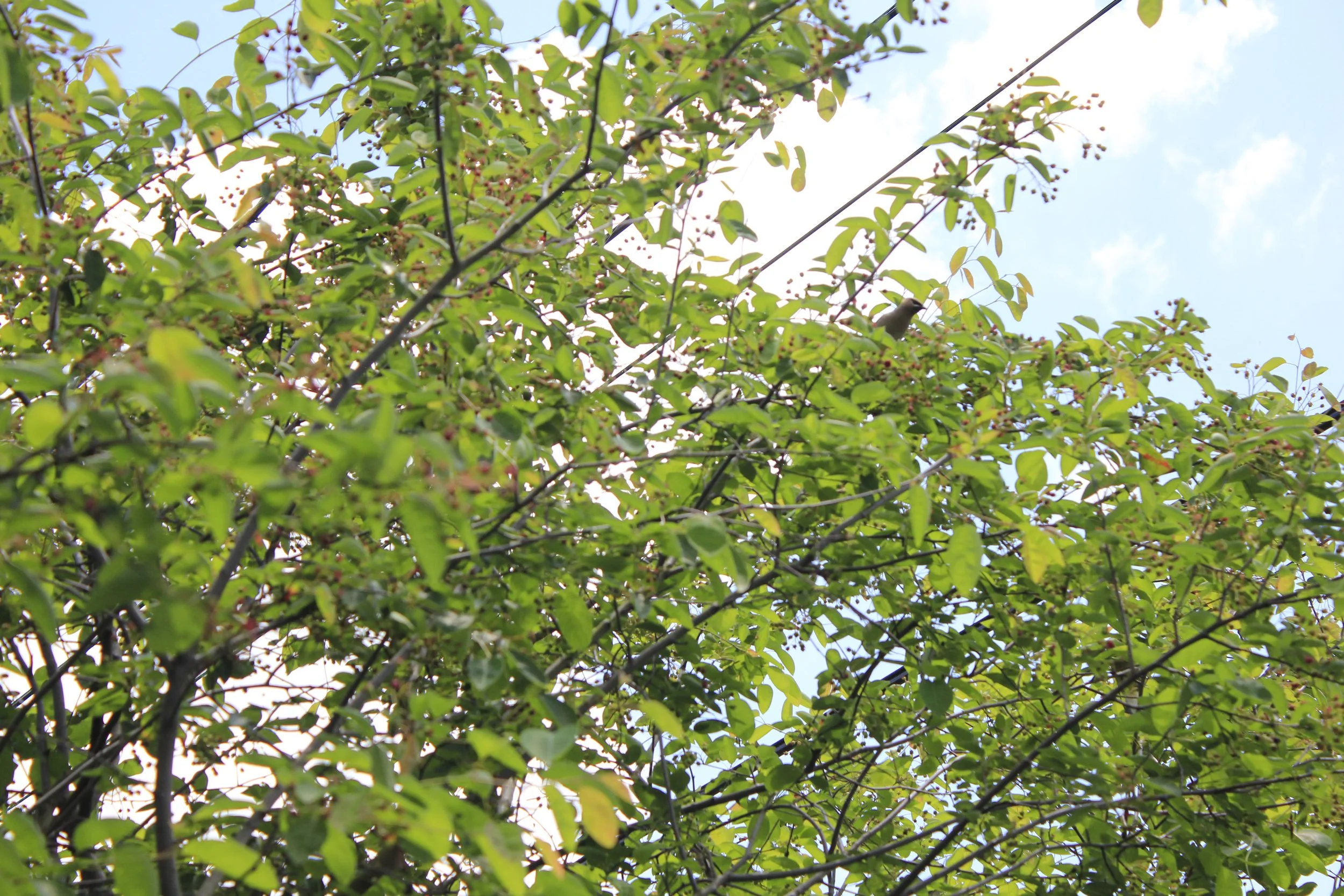
Your goals for your land are unique…
No matter your level of familiarity with habitats and biodiversity, we are here to support you in achieving your ecological goals! These could include (but are not limited to) restoring woodlands, growing an edible food forest, creating a pollinator garden where lawn once lay, expanding ecological gardening know-how, or stewarding existing native gardens.
Five factors unite all of these services:
We exclusively design with indigenous/native plants, with a strong emphasis on local ecotypes and high standards for plant sourcing that excludes neonicotinoids (harmful insecticides)
We practice a uniquely collaborative approach that invites you to participate in the process of transforming your outdoor spaces into habitat
We employ highly knowledgeable and passionate practitioners with experience and certifications ranging from ecological gardening to stormwater management, ecological restoration, environmental education, and more
We are leaders in 100% nontoxic methods, never using pesticides in all scales of work, protecting plants, pollinators, pets, and people
We apply a whole-systems approach that considers the full life cycle of each landscape and the intersections between plant and human communities
Our Mission & Values
Waxwing’s mission is at the heart of all our services. Every day, we collectively strive to rebuild biodiversity by restoring ecological habitat and providing hands-on educational experiences for all ages.
In everything we do, the Waxwing team strives to uphold the following values:
We are Heart-Centered.
We practice empathy for the land, for plants, for wildlife, and for people (customers, community members, and teammates). We act from a place of care and compassion in all facets of our business.
We are Relational.
When working collectively, we expand our impact. We embrace the many interconnected relationships that are part of this work: people’s relationships with place, plants, and other people, and plants' relational connection to other plants and wildlife to build resilient ecosystems. Our cherished business partnerships also are a key component of our collective impact.
We are Standards-Based.
We uphold a holistic, standards- and system-based approach that considers the links and interactions of all elements in the design process (people, place, pollinators, etc.) to create whole-system solutions that are multi-functional and long-lasting. Our work closely follows international standards for both Ecological and Social benefits as defined by the Society for Ecological Restoration (SER).
Our Framework
At Waxwing, we undertake every project with consideration for the 5 Es of Ecological Gardening. Whether collaborating with a group of 40 fourth graders or a single landowner, Waxwing uses this framework to engage participants in the process of rebuilding biodiversity.
EMPATHIZE with clients of the space (bees, birds, butterflies, salamanders, grandchildren, your personal needs, etc.)
EVALUATE Site Conditions (hydrology, human circulation, existing vegetation, sun/shade analysis, soil, etc.)
Design for ECOSYSTEM SERVICES (regulating, cultural, provisioning, and supporting)
Plant Local ECOTYPES for All Seasons (emphasis on selecting plants that are adapted to our ecoregion)
EMULATE Nature when Stewarding (mimicking historic beneficial disturbances with compassionate cutbacks at seasonal timing)
Why “Waxwing”?
On a June morning, an “ear-full” or a “museum” of Cedar Waxwings visited the small urban backyard of Elyse, Waxwing’s founder. They were there to snack on some freshly ripened serviceberries—the first native tree that Elyse chose to plant in her little piece of the planet.
Cedar Waxwings are elusive birds, rarely spotted in the wild, much less in a humble urban lot. To Elyse’s surprise, they remained for days… then weeks, sharing the delectable berry feast with the hungry squirrels and catbirds, leaving plenty for Elyse to preserve.
During the weeks of observing the Cedar Waxwings, Elyse felt a deep sense of urgency that all people should have this experience, through simply rethinking how we design our backyards, schoolyards, and other human spaces… no matter how small, into native habitats: spaces for wildlife to find food, water, shelter, and places to raise young (host plants, etc.).
Each enlivened landscape connects to create a mosaic of viable habitat for wildlife to thrive. Together, we rebuild biodiversity, our sense of place, and connection to each other and the cohabitant creatures on this planet.
There are endless opportunities awaiting us right now in our backyards, commercial lots, parks, and schoolyards! Start small with one small action of planting a Serviceberry tree, and you too may be gifted with an “ear-full” of Cedar Waxwings, or a diversity of other winged wildlife, like Buckeye Butterflies or the fun disguise of Syrphid Flies.






